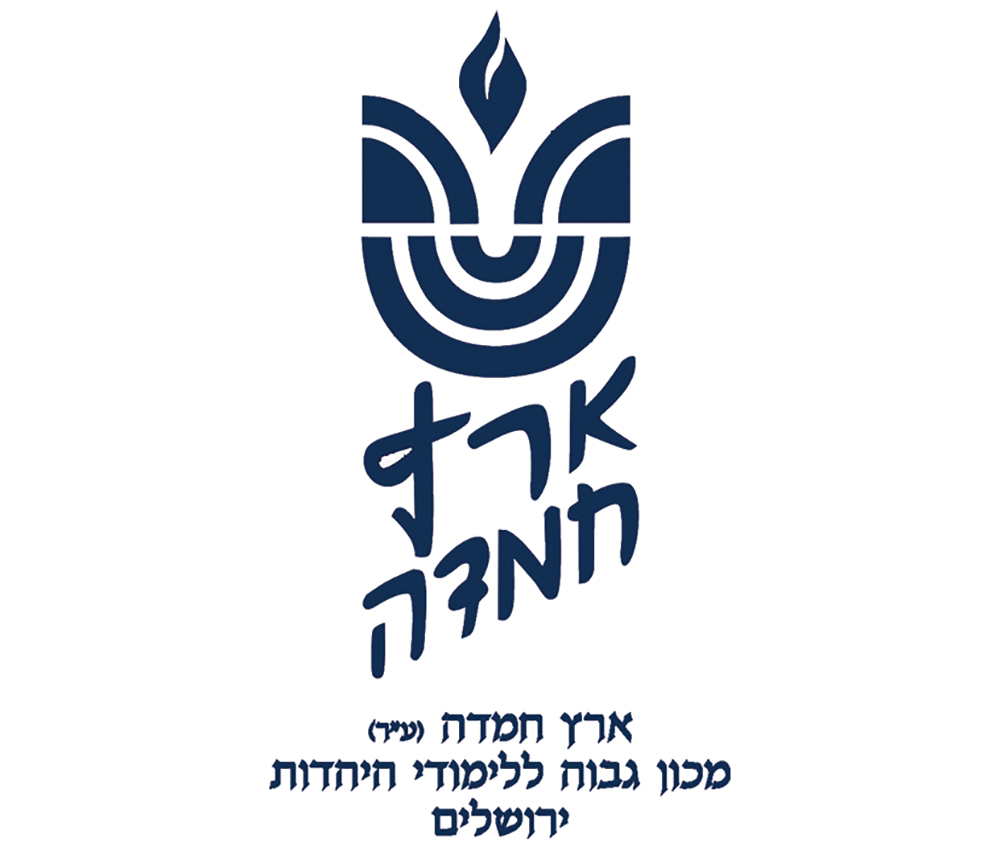לעילוי נשמת
יואל אפרים בן אברהם עוזיאל זלצמן ז”ל
Question: I recite Birchot Hashachar on the way to shul, and recently Tehillim as I walk the streets. May I continue doing so while passing trash cans or dumpsters?
Answer: The Torah (Devarim 23:13-15) commands soldiers to keep their encampment holy by covering excrement (tzo’a). Uttering holy matters (of all sorts, Rambam, Kriat Shema 3:4) near unseemly things is forbidden and disqualifies matters such as tefillah (Berachot 22b).
Trash containers can create an “unholy” area on three potential bases: 1. Human feces (as described by the above pasuk and found in diapers); 2. Materials, such as meats and other foods with a very foul odor after decomposing count as tzo’a (Berachot 25a; Shulchan Aruch, Orach Chayim 79:8); 3. A receptacle that is affected enough by tzo’a to be considered unseemly itself (graf shel re’i) (Berachot 25b; Shulchan Aruch, OC 87:1). In regard to all of these, one may not speak holy things within four amot of the end of the smell, and may not face it within his eyesight (Berachot 25a, 26a; Shulchan Aruch OC 79:1; ibid. 87:1).
Walking down a street, trash cans and their contents are always within eyesight. Could this preclude all holy matters on our streets, e.g., brachot, Tehillim, sharing divrei Torah with family, singing at a hachnasat sefer Torah?! This is neither practiced nor reasonable. (In Talmudic times, garbage dumps (ashpa) stored tzo’a long-term (and truly stunk), and were at a fair distance from living quarters—refraining from sanctity in their vicinity was logical.
Our streets enjoy two main points of leniency. 1. Due to prompt garbage collection, offensive odor is rare except for small amounts of residue. Thus, the distance of separation due to smell is at most slightly more than four amot from the trash receptacles. 2. Tzo’a is almost always covered, often multiple times (plastic bags for diapers and decomposing matter; being surrounding by non-smelly garbage; a closed garbage bag that takes it outside; the dumpster’s covering). We thus fulfill the Torah’s command to cover tzo’a, which solves the problem (Shulchan Aruch, OC 76:1).
Is it a problem if there is an uncovered trash container or one with an overflow of bags? The Gemara (Berachot 25a) says that tzo’a does not affect people in a nearby but different domain. Receptacles in areas with apartment buildings almost always have the dimensions for a different domain. The Shulchan Aruch (OC 79:2) cites, without a clear preference, a machloket rishonim whether this leniency applies when the excrement is visible to the person. The stringent opinion is a potential problem. On the other hand, the other coverings usually solve the problem, at least if one cannot smell the garbage (see ibid.).
The prospect of treating a trash receptacle as a graf shel re’i is our biggest potential problem; nothing will help, as it is not covered and therefore it should not be in sight. However, the consensus of poskim is lenient on the matter (see Ishei Yisrael 53:36) for several reasons. First, graf shel re’i applies only to somewhat absorbent materials, e.g., pottery and wood, not metal (Shulchan Aruch, OC 87:1; see Mishna Berura ad loc. 6) and hard plastic (B’tzel Hachochma VI:26). Second, much of what is put into them are non-tzo’a materials and any tzo’a rarely touches the receptacle (ibid.). I would add that graf shel re’i is something that stands out as “disgusting” and people naturally keep a distance from it. Common things on respectable streets cannot turn entire streets into a garbage dump. The practice, even of great talmidei chachamim, is that one may engage in kedusha on them (see Halichot Shlomo, Tefilla 20:1).
In summary, one walking down the street may assume the presence of covering and the absence of offensive smell when involved in holy things (see Shulchan Aruch, OC 76:8). Midat chasidut might be that if he notices open or overflowing receptacles with open or ripped garbage bags, he will look away (Ishei Yisrael ibid.), and when alone, one might pause holy speech within four amot of receptacles (see Mishna Berura 87:6).
Rabbi Mann is a dayan for Eretz Hemdah and a staff member of Yeshiva University’s Gruss Kollel in Israel. He is a senior member of the Eretz Hemdah responder staff, editor of Hemdat Yamim and the author of “Living the Halachic Process Volumes 1 and 2” and “A Glimpse of Greatness.”










